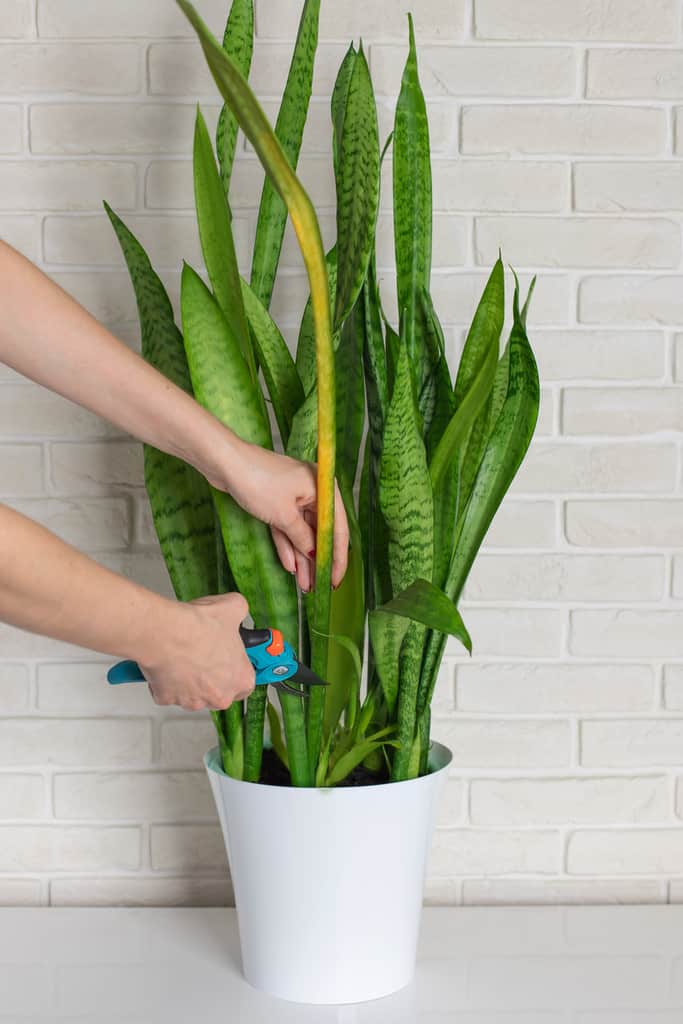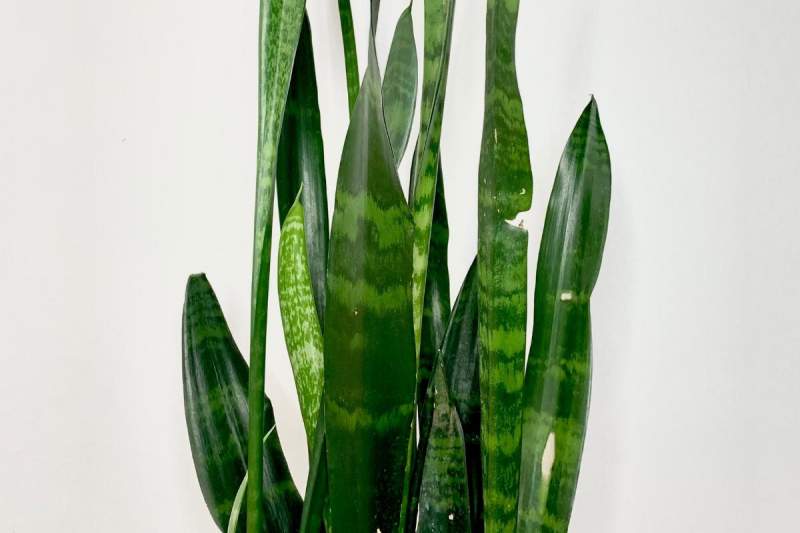Snake Plant Leaves Turning Yellow for Dummies
Table of ContentsThe 4-Minute Rule for Snake Plant Leaves Turning YellowThe Only Guide to Snake Plant Leaves Turning YellowGetting My Snake Plant Leaves Turning Yellow To WorkWhat Does Snake Plant Leaves Turning Yellow Do?Excitement About Snake Plant Leaves Turning YellowThe Snake Plant Leaves Turning Yellow PDFs
If you intend to have a serpent plant in your house, below are a number of points to remember: Way too much water is this plant's weak point. Location a serpent plant in a well-drained pot to stay clear of overwatering, as it can cause decomposing. Only water the dirt when it's totally dry.If totally shaded, the plant can plain and the fallen leaves might end up being a little bit drooping. Serpent plants are not just easy to care for but easy to multiply.
Place a serpent plant in a well-drained pot to avoid overwatering, as it can cause rotting. Snake plants are confirmed to be as helpful as they are visually appealing.
Brush dirt from the origin framework or root. Make use of the blade to separate the plant right into sections, maintaining the favor each section undamaged. Replant areas into clean pots full of the potting soil. Water and area in a partially bright place. Spin-offs or puppies are infant plants arising from the soil.
Not known Facts About Snake Plant Leaves Turning Yellow
Use a sterilized reducing tool to get rid of a long, healthy and balanced fallen leave at its base (Snake Plant Leaves Turning Yellow). Immerse the cut end of the fallen leave in a tidy container of water and set the container in a partially bright location. Or enable the cut end to callous over for 24 hours and afterwards pot it cut-end down
Night-blooming flowers are aromatic and comparable in look to lilies. Be certain to select a cultivar that grows, because not all serpent plant selections will certainly blossom. The Spruce/ Alonda Baird The Spruce/ Alonda Baird The Spruce/ Candace Madonna Snake plants grow best with eight to 10 hours of indirect sunlight or a couple of hours of early-morning direct sunshine.
During winter, inspect the plant's soil mix every 2 weeks or sothe plant may need to be sprinkled just when a month. If you discover its fallen leaves are fragile and dry, water quickly. During springtime and summertime when the plant remains in active development, watering every two weeks or two is generally adequate.
To manage elevation, get rid of the highest leaves at the soil line with a clean and sterile reducing tool. Damaged leaves can be gotten rid of at any moment, however, winter trimming can create tension. Repot your snake plant every 3 to five years, or when you see roots outgrowing the openings in the bottom of the pot.
The Snake Plant Leaves Turning Yellow PDFs
The best time to repot is in spring., put it at the very same degree as it was in the original pot. Serpent plants do not tolerate temperature levels lower than 50F.
Snake plants are susceptible to common houseplant bugs such as scales, gnats, crawler termites, aphids, mealybugs, and whiteflies. The majority of can be eliminated by hand or with a mild spray of water. Treat infestations with neem oil. Snake plants are one of the most convenient plants to keep and can last for lots of years.
Having a snake plant has lots of benefits. Easy to care for and a great first plant for beginning garden enthusiasts, Unique form adds elevation and rate of interest to houseplant collections, Adapts to different light problems and tolerates low-light atmospheres, Plant is forgiving and practically undestroyable, Portable development behavior fits well in little rooms, Drought resistant Frequently asked question Snake plant earned its name since of the way its lengthy, thin leaves with distinctive red stripes and various other markings look like some kinds of snake.

Snake Plant Leaves Turning Yellow Can Be Fun For Anyone
Snake plants are easy-care houseplants. Every when in a while, repotting Snake Plants is needed for try this website preserving a healthy and successful plant. This tutorial on repotting Serpent Plant kingdoms reveals you the steps to take, the mix to use, and when you must repot your serpent plant. Snake Plants are several of my really preferred houseplants.
Their spiky, formed vegetation is so intriguing to me. And also, you can neglect them a lot of the time, look at this now and they more than happy as can be! I actually repotted 5 of my plants but you just see 2 of them below. I call this project the "Serpent Plant switcheroo" because I switched out containers and locations they remained in.
That's why I include in the succulent and cactus mix due to the fact that it's beefy and well aerated (Snake Plant Leaves Turning Yellow). I also throw in a couple of handfuls of organic garden compost as I'm planting (I go a lot lighter on both this and the worm compost when repotting houseplants as contrasted to container plants in my garden) and a 1/2 layer topping of the worm garden compost
Both are full of top notch components. Make certain whatever potting soil you utilize says it created for indoor plants on the bag. I make use of Container's regional garden compost.
The Facts About Snake Plant Leaves Turning Yellow Uncovered
The top 4 are what I made use of for my mix.

For example, if yours remains in a 6 expand pot, after that an 8 pot would be the size you would certainly wish to use. Due to the fact that Sansevierias like to expand as they grow, I have actually discovered that they don't require a deep pot. A deep pot has even more dirt mass at the base which might stay as well damp which leads to root rot.
Loosen the plants from their pots. For one plant I used a plain blade and for the various other, I delicately pressed on the grow pot.
The Best Guide To Snake Plant Leaves Turning Yellow
Once the plant runs out the pot, measure just how much soil mix you'll require to increase the top of the root round up to 1/2 to 1 listed below the top of the new pot. Include the mix in. Location the plant in the pot and fill in around the sides with mix.